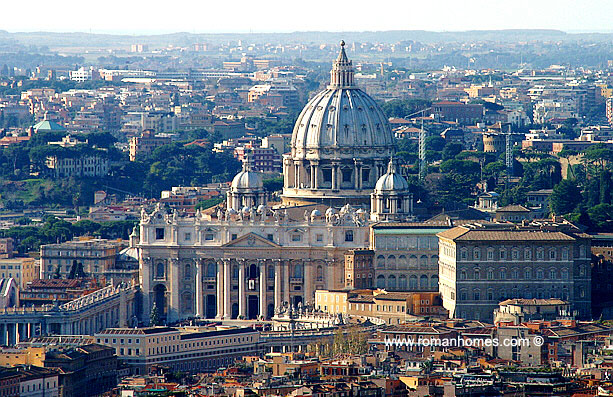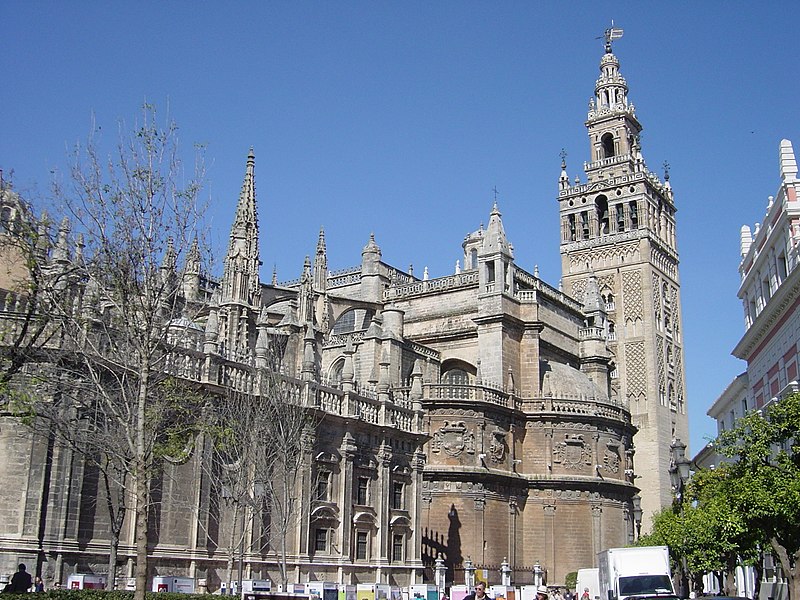Fortunately as this was an event I had long anticipated, I began months early to plan such an adventure. This was incredibly necessary because more than a month out from the festival all of the hostels were booked. The unfortunate part was that the culminating night fell in the middle of the week this year and we were only able to attend the weekend portion. The festival lasts from March 15-19th every year.

¡LAS FALLAS! (the "torches")
This unique festival is famous even outside of Spain. It is a traditional celebration held in commemoration of Saint Joseph in the city of Valencia, which is one of Spain's largest cities behind Madrid and Barcelona. The term "fallas" refers to the celebration itself but also to constructed floats that range from small statues to several story tall demonstrations. Each neighborhood organizes their own group (called Casal faller) who spend a year constructing an elaborate falla that will be placed on display in the street of their neighborhood to be ultimately cast on fire the final night of the festival. The smaller fallas as referred to as ninots. These fallas can be described as "elaborate firecracker-filled cardboard and paper-mâché artistic monument" (wikipedia).The fallas themselves vary significantly. Although they may have once been religious icons, they are now most composed of humorous social and political commentary. One personal favorite chronicled the apple all the way from Adam and Eve to Isaac Newton to Steve Jobs.
Its interesting to note that although Valencia is in Spain, their native language is not Spanish. It is Valencian (valenciano), which is more-or-less of the Catalan language spoken in the Barcelona region. This language is very similar to Spanish in some instances and very different in others. This made street navigation difficult as sometimes the streets were in one language, and then the exact same street had a sign in the other language. Google maps struggles. Likewise, subway navigation was slightly more difficult than expected given the slight language barrier.
The line-up of events lasted all day at various parts of the city and in the meantime, there were festival celebrations occurring everywhere in between. Around 8 o'clock in the morning each day (following a very late night) La Desperta is a brass-band group that marches down the street blasting incredibly loud music with men following behind throwing firecrackers to start the new day of festivities. Following this each day is the Mascleta which is an event my friends and I attended twice, unsure the first time as to what was to happen. Thousands of people fill a large city plaza where in the center is a large fenced-in cage filled with explosives that all explode for several minutes of incredibly intense sound. It is a sound-display more than a visual-display. We were fortunate to make friends with some Valencian girls around us who explained much of the festival to us as we awaited the noise. The one girl gave me a flower clip-on hair piece that conveniently matched my dress perfectly; she was very sweet. Following the sound display, your ears will need to recover.

One of my favorite parts to the festival was the nightly fireworks displays. I have never seen as spectacular of displays nor as long in my lifetime. What is with the obsession with explosives and fireworks in this city? Valencia is the pyrotechnic capital of the WORLD! They even had fireworks that, when oriented correctly, formed smilie faces in the sky. Just all around, their displays are unbelievable.
There is a religious undertow to the festivities, however, in recent years it appears to be more of a tradition than for true religious reasons. There is a large wooden statue of the Virgin Mary and one of the processionals through the streets consists of women in traditional clothing carrying flowers that they adore all around the base of the statue. Aside from this particular processional, all day there are processional of men, women, and children in traditional attire. For the women, their iconic hairstyle is reminiscent of Princess Lea from Star Wars. The children are beyond adorable.

We enjoyed some late nights out in the streets of Valencia and I thoroughly enjoyed the festival. I would love to return again in order to see the final night for the spectacular fire parade. As fire the symbolic spirit of the festival, this parade consists of even more explosions and fire displays. Then ultimately at midnight on the final night, the fallas, laden with fireworks, are burnt in massive bonfires while the entire city becomes an open-air dance party.

Valencia itself is a beautiful city. It is on the Mediterranean coast, so my friends and I were sure to visit the beach during our visit, although we did not spend a lot of time sight-seeing the city itself. Paella, the famous Spanish seafood-rice dish, is said to be the best in Valencia. I found it to be incredibly expensive, but it was delicious (though my host-mother perhaps makes it even more delicious). We were mostly concerned with the extravagant festivities all around us and so it looks like I will just have to return to Valencia one day to know the city as its usual self.









.JPG)










.JPG)
.JPG)
.JPG)
.JPG)


.JPG)

.JPG)
.JPG)
.jpg)

